#5 Aston Martin Vantage: The British bruiser
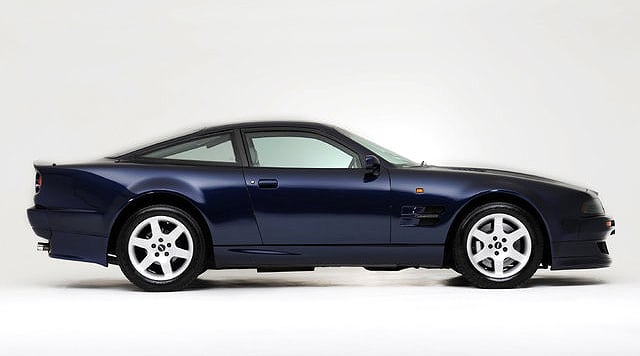
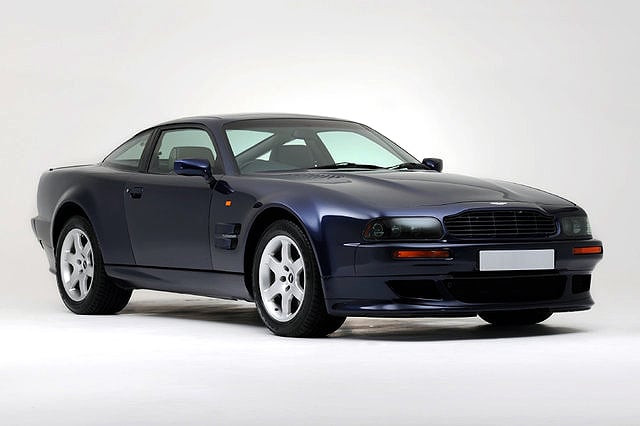
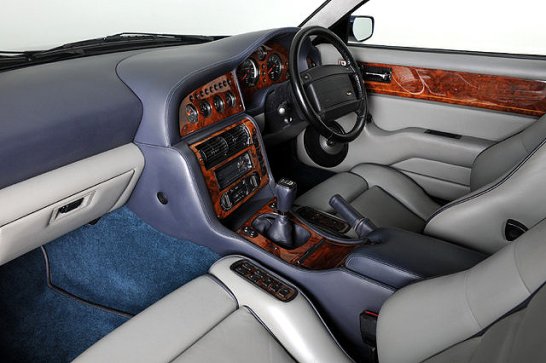
The Aston Martin supercharged Vantage, built from 1993 to 1999 was a vastly improved and reworked Virage, with much better lines and a performance-focused chassis and drivetrain. Hence the ‘Vantage’ suffix, as it was a driver's car, through and through.
Normally available as a six-speed manual (with automatic conversions offered post-purchase by Works Service), it was a very fast car and its twin-supercharged engine produced 550bhp and 550lb ft of torque. This resulted in a 0-60mph time of 4.6 seconds and, for the brave, a top speed of 186mph. Fewer than 250 standard V550s were built, with a further 40 or so of the ‘V8 Vantage Le Mans’ cars available with either a 550bhp or 600bhp engine.
see advert in the Classic Driver Marketplace >>
#4 Ferrari F50: Playing hard
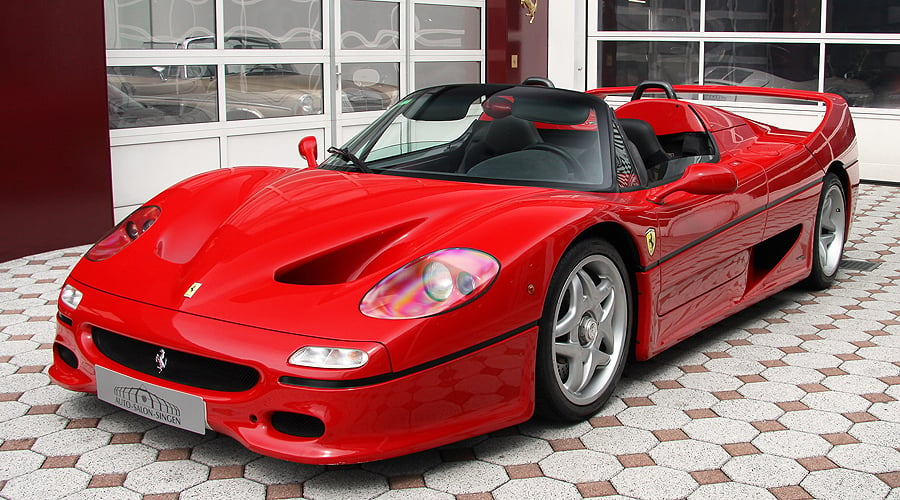
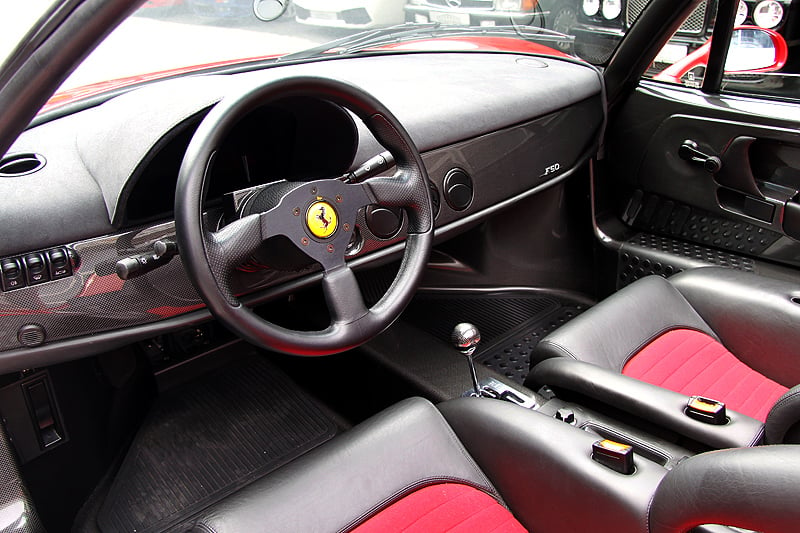
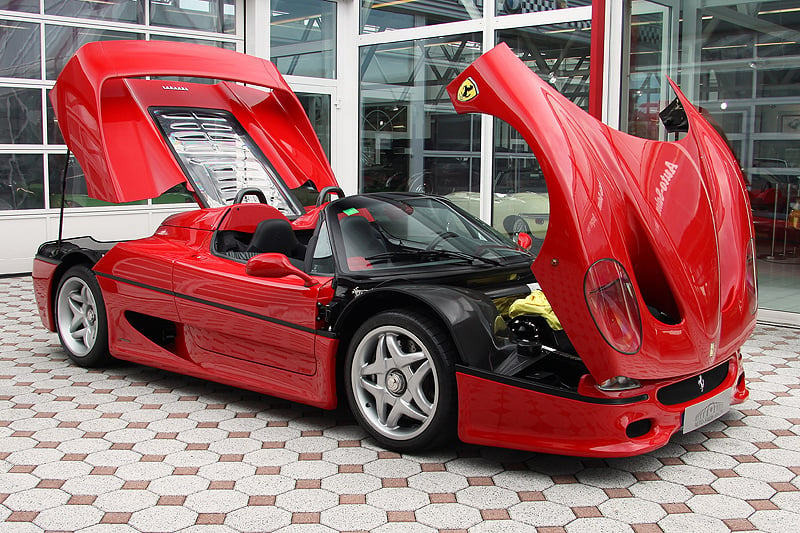
If you’re looking for a luxury tourer, buy a different car. Like all the best Ferraris, the F50 is built first and foremost around an utterly magnificent engine – in this case a mid-mounted 4.7-litre V12 that is more or less a detuned F1 unit. Don’t expect traction control, ABS, or luggage space for your overnight bag. The F50 driver even has to wind the windows manually and adjust the mirrors by hand.
But what a motor car: a muscular powerhouse that’s a world away from the smaller, more fragile F40, with its delicate brakes. Turn the F50’s key and the panels light up on the dashboard; press the starter button to fire up the engine and you find that, even at tickover, there is a muffled cacophony of whirrings and clickings behind your head. But it’s not until you pull away and start to feed in the 520bhp (enough for 0-60mph in 3.7 seconds) that you realise the F50 is, to all intents and purposes, a race car. Simply stunning – and when it comes to full-on track-day thrills, there’s very little to beat an F50 on slick tyres.
We found this one for sale at Auto Salon Singen, in Germany.
see advert in the Classic Driver Marketplace >>
#3 Lamborghini Diablo: The devil himself
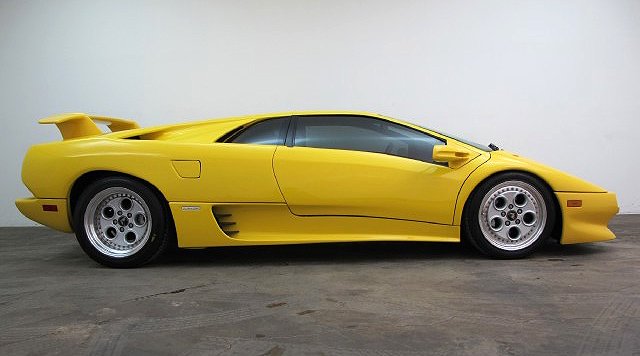
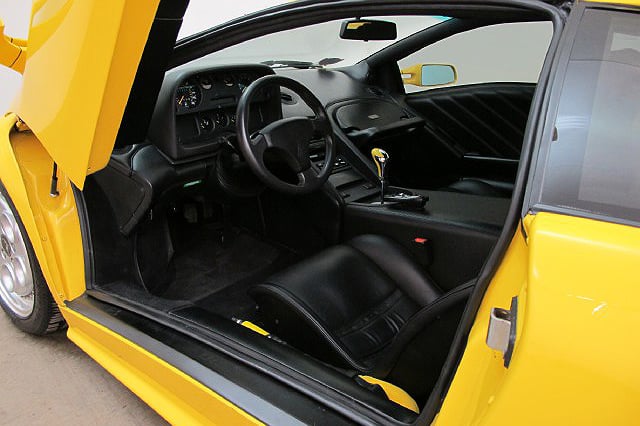
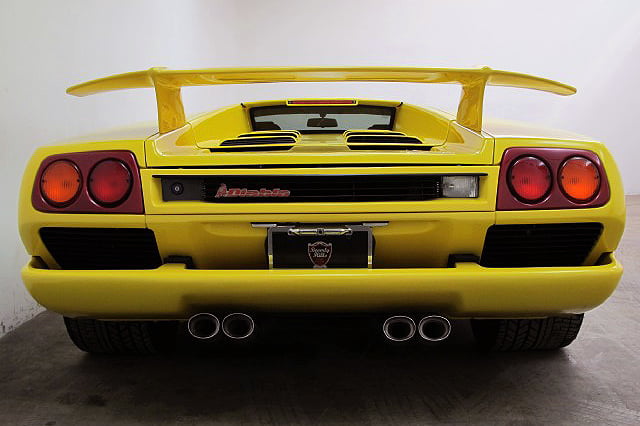
One of the demonstrations of Marcelo Gandini’s talents is that when the Countach he penned was due for replacement, it was still no less striking than when it debuted as a prototype 19 years earlier. However, while the aesthetics were still contemporary, almost every other part of the package was outdated; and what’s more, it wasn’t capable of the 200mph that the new generation of supercars would demand. Enter the Diablo…
With its 5.7-litre (and later 6.0-litre) V12, even the early versions of the Diablo were capable of breaching 200mph, having dispatched the sprint to 62mph in around 4.5 seconds on the way. The near-500bhp lingering beneath the driver’s right foot was soon to become more manageable with the addition of a four-wheel-drive VT model – and the Diablo’s successors have retained the mid-engined, 4WD layout.
The eye-catching yellow example we found here – being sold by Beverly Hills Car Club – is one of the early rear-wheel-drive models, perfect for the more courageous enthusiast.
see advert in the Classic Driver Marketplace >>
#2 Jaguar XJ220: British hypercat
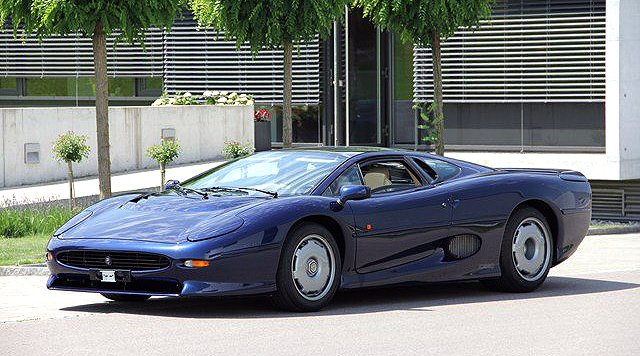
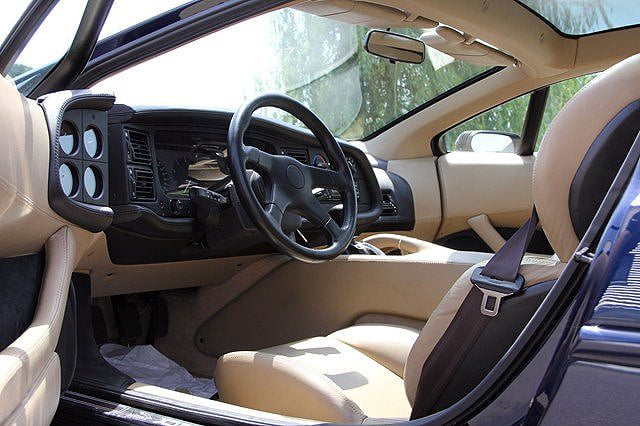
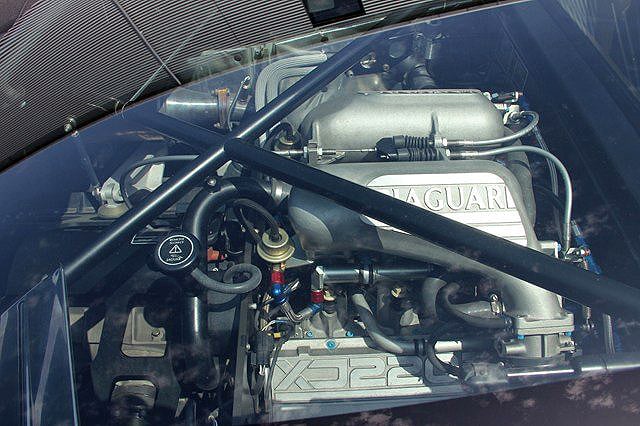
In an attempt to revive the glory years of Jaguar’s racing efforts in the 50s and 60s, a ‘Saturday Club’ of the company’s engineers worked to create a new car, similar in principle to the legendary XJ13 prototype. It was to be a lightweight two-seater, with a thunderous mid-mounted V12.
Except it wasn’t. By the time Jaguar’s abacus-toting assassins had muscled in on the project, a 3.5-litre V6 had supplanted the promised 6.2-litre V12, while the concept version’s all-corner power delivery made way for conventional rear-wheel distribution. Many of the 350 customers who paid their £50,000 deposit weren’t happy; and that was before they were informed about the £99,000 price increase due to the global recession.
Nevertheless, many frowns were upended come delivery time; the Group C-derived engine produced 542bhp, good for a 0-60mph time of 3.6 seconds and a top speed of 213mph, just 7mph shy of that suggested by the car’s name. For a time, this made it the fastest production car ever, and it remains one of the widest at 87.4 inches – some 5.5 inches wider than a contemporary Rolls-Royce Phantom.
This blue example with tan leather interior is currently available from Swiss-based Classic Driver dealer Elite Garage AG.
see advert in the Classic Driver Marketplace >>
#1 Bugatti EB110 SS: Triumph from tragedy
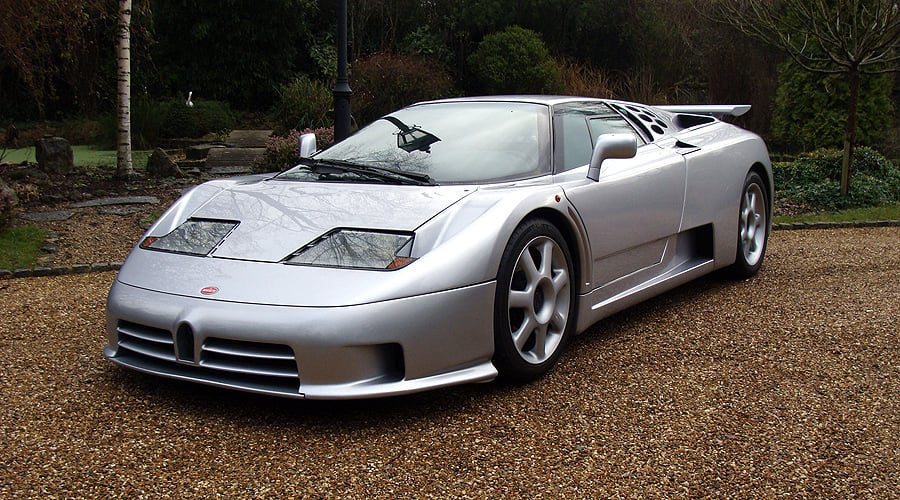
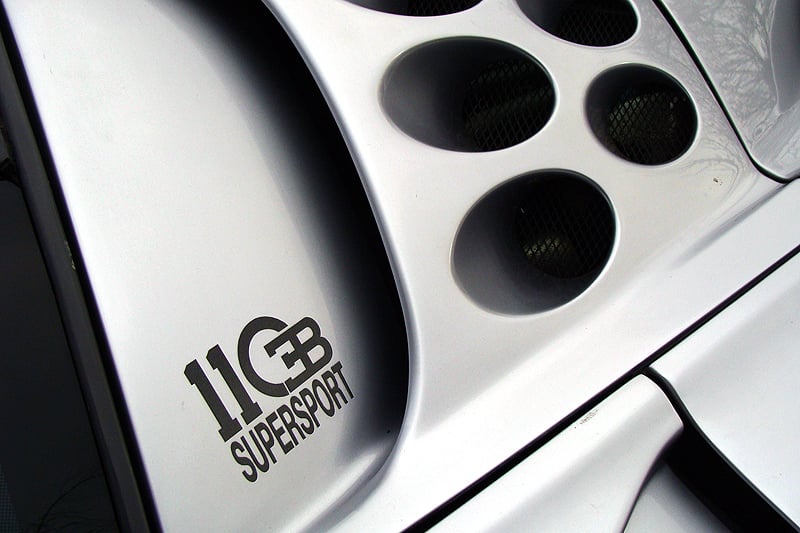
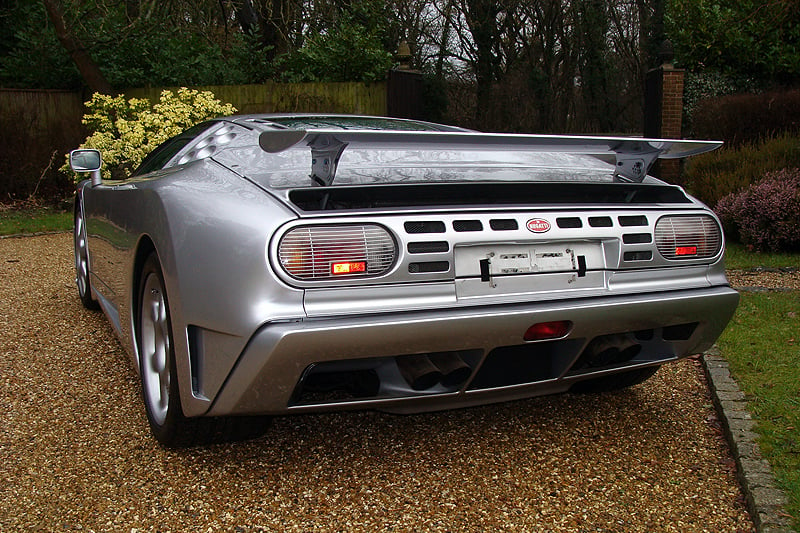
The numbers say it all: sixty valves, four turbochargers, 553bhp – and permanent four-wheel drive. This child of the 1990s was conceived in the wealthy extravagance of the decade before, when the great Ferruccio Lamborghini had the idea of resurrecting the Bugatti name and placing it on the nose of an all-new 200mph supercar. Together with engineer Gian Paolo Stanzani, he approached wealthy businessman Romano Artioli for funding, and plans were drawn up for a vast, 82,000-square-metre site in Modena.
It was to be a tragic tale of high ambition followed by crushing defeat: by the time the first of the new breed of Bugatti arrived, the market had collapsed and the demise of this brave venture was inevitable. By February 1993, only three cars had been registered in Italy and they all belonged to Bugatti. Only around 150 cars in total were ever built – yet each one was a stunning piece of engineering. While the venture failed financially, the cars it created were truly outstanding.
We’ve found this Brabus-fettled Super Sport model for sale at Classic Driver dealer Oakfields, based in Hampshire, in the UK.
see advert in the Classic Driver Marketplace >>
|
Related Links You can find plenty of 1990s supercars in the Classic Driver Marketplace |
Photos: Classic Driver Dealers

















